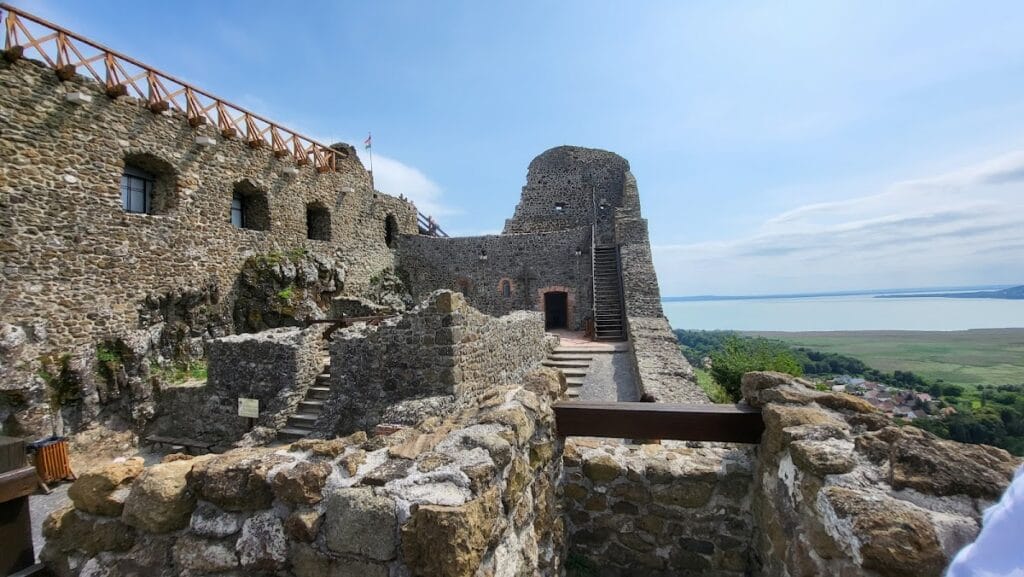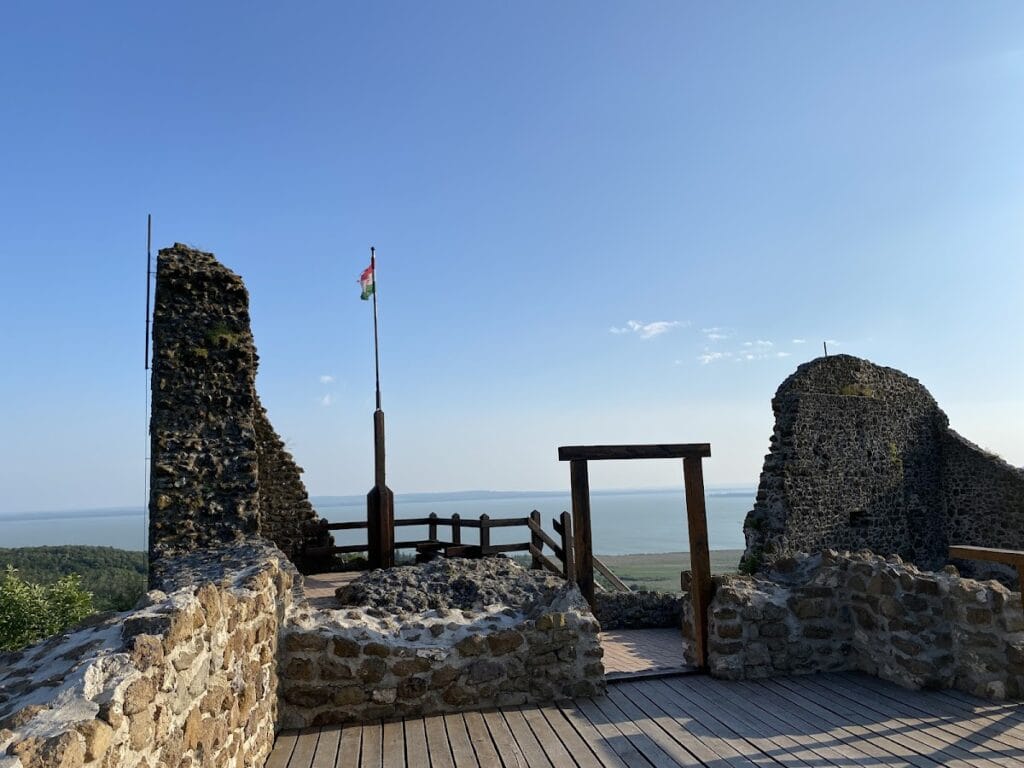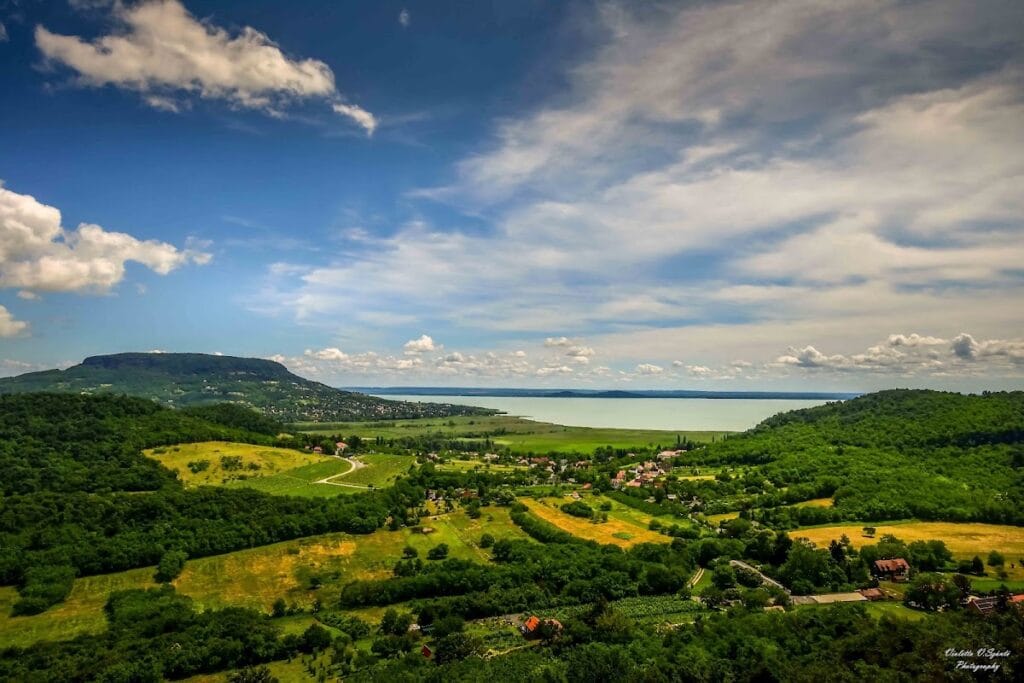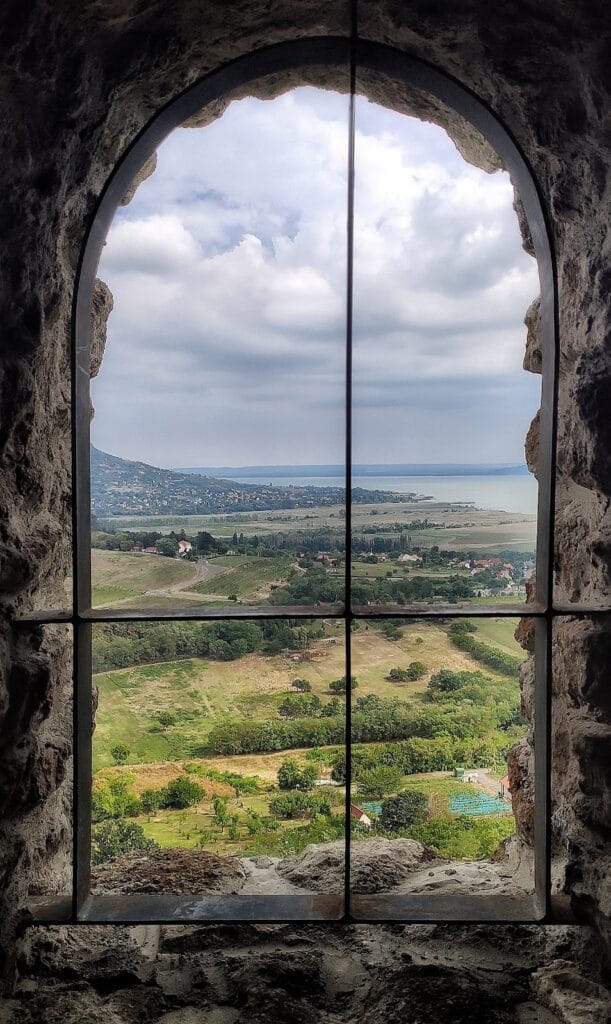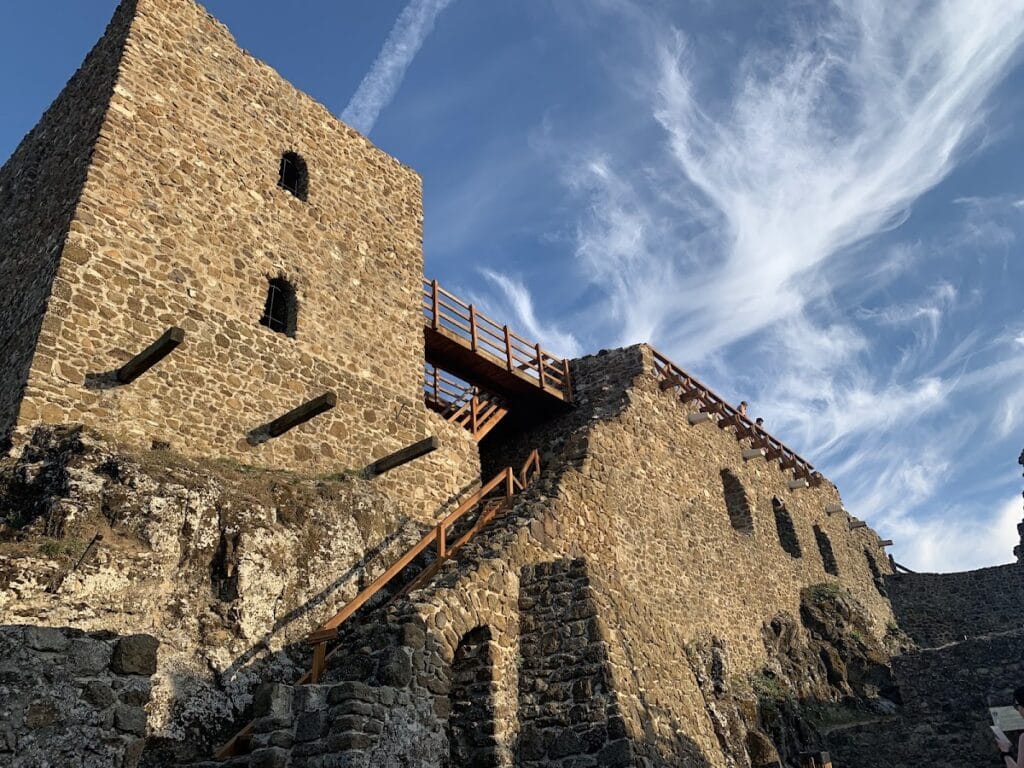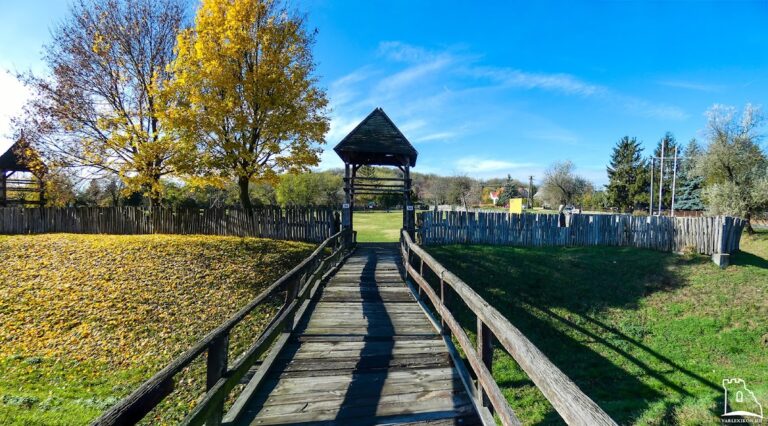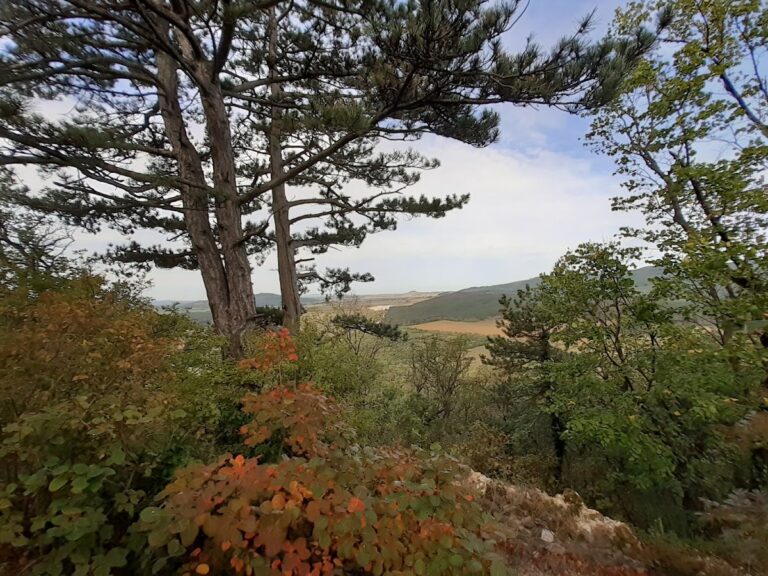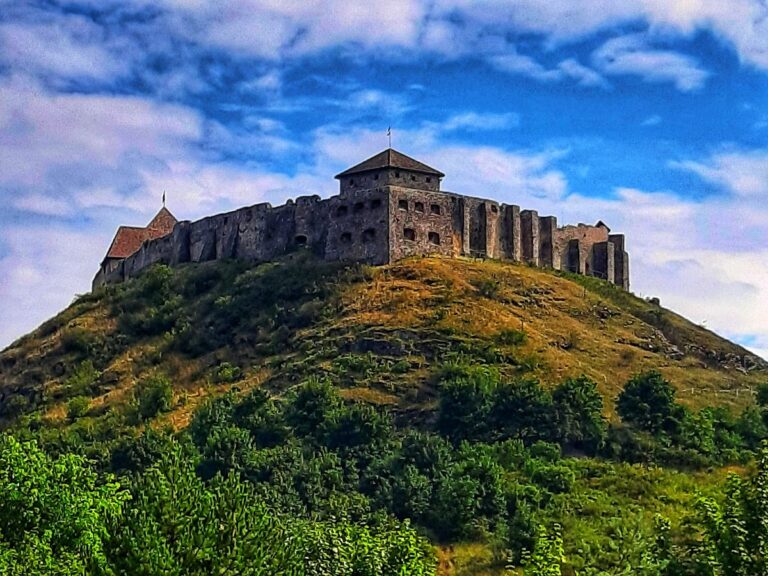Szigliget Castle: A Historic Fortress in Hungary
Visitor Information
Google Rating: 4.8
Popularity: High
Google Maps: View on Google Maps
Official Website: www.szigligeti-var.hu
Country: Hungary
Civilization: Unclassified
Remains: Military
History
Szigliget Castle is located in the village of Szigliget in modern Hungary. It was originally built by the Benedictine monks of the Pannonhalma Abbey in the early 1260s, during a period when religious communities often established fortified sites for protection and administration.
Construction of the earliest parts took place between 1260 and 1262, including a palace wing situated between two towers, surrounded by sturdy stone walls. In 1262, King Béla IV acquired the castle through an exchange of lands, entrusting its management to the Móriczhidai family, members of the noble Pok clan. Over the following centuries, the castle changed hands several times. In 1441, King Ulászló I granted ownership to Kolos Jeromos Némai, but by 1445, the Újlaki family held the site until 1521, after which the Tóti-Lengyel family became its custodians.
In the 16th century, Szigliget Castle became an important part of Hungary’s defensive network against Ottoman advances. It was commanded successively by notable military leaders including Bálint Magyar and István Lengyel, the latter serving between 1567 and 1581. The castle endured a significant siege in 1531 under the command of Imre deák Martonfalvay. Detailed accounts from his diary describe the combat and subsequent rebuilding efforts from 1531 to 1540, during which the fortress was expanded and strengthened to resist future attacks.
To complement the main castle, a smaller fortification called the “Óvár” was established on a nearby hill. This outpost served as a lookout and base for Hungarian naval vessels known as naszád ships, tasked with defending against Turkish raids on Lake Balaton.
Around 1645, the castle suffered extensive fire damage and was rebuilt by Boldizsár Lengyel. However, in 1697, a lightning strike ignited gunpowder stored in one of the towers, causing an explosion that destroyed much of the castle’s structures. Following the end of Ottoman occupation in the region, the castle lost its military significance. In 1702, Emperor Leopold ordered its demolition, and local people reused its stones for other building projects.
Restoration initiatives took place in the 20th century, notably in 1913, 1953, and during 1965–66. More recently, plans have been made to renovate the ruins further as part of a National Castle Program launched around 2017 and 2018.
Remains
Szigliget Castle occupies a volcanic hill rising 234 meters above Lake Balaton, which was once an island but became a peninsula due to water regulation in the 19th century. The fortress consists of two main sections forming a double castle layout, constructed predominantly from stone with thick defensive walls that reflect successive phases of enhancement.
The upper part of the castle includes two towers flanking a palace wing, creating a structure approximately 75 meters long and 20 meters wide. These earliest features date to the mid-13th century, corresponding to the initial Benedictine construction. The substantial stone walls and towers served both residential and defensive purposes.
Below this lies the larger, northern section of the castle, developed mainly during the 15th and 16th centuries. Measuring around 75 by 50 meters, it incorporates a rondel, a circular bastion designed to provide strong defense and better coverage against attackers. This area functioned as the main protective element of the fortress, especially during the period of Ottoman threats.
Nearby, archaeological investigations have identified the “Óvár,” or old castle, on a separate elevation close to the main fortress. This smaller fortification operated as a naval base for Hungarian naszád ships, which patrolled Lake Balaton to prevent Turkish naval raids. The spatial relationship between the main castle and the Óvár highlights a coordinated defense system combining land and water strategy.
Over time, some walls and towers suffered destruction, notably after the explosion caused by lightning in 1697. Restoration work during the 20th century reinforced existing structures, stabilizing the surviving walls and partially reconstructing key elements, allowing visitors to appreciate the castle’s original scale and strategic position. Today, the ruins stand as testament to the site’s layered history and its role in medieval and early modern Hungarian defenses.
